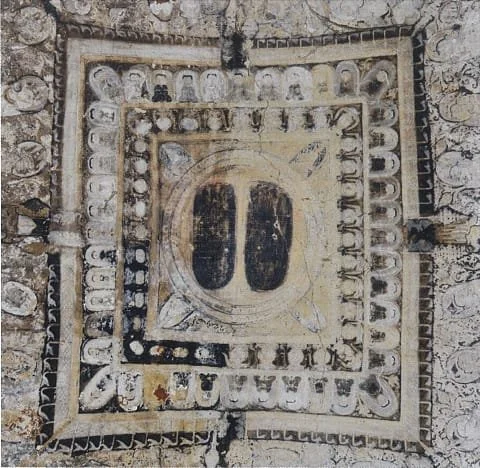
Paccekabuddhas of the Pali Tradition
This page is dedicated with respect, devotion and gratitude to the most precious guru of the three times Au Lama Tsultrim Gyaltsen.
Pacceka: alone, by oneself
Buddha: enlightened one
Paccekabuddha, literally "a silent buddha," "an individual buddha," or "a private buddha," is one of three types of realisation in Buddha Dhamma. Through the diligent research of several practitioners, Triple Wisdom Preservation is hosting an extensive collection of research, thesis papers, peer reviewed articles and suttas with the words of the Buddha in English, Thai, Pali and Sanskrit.
The culmination of this project is the Paccekabuddha Dhamma — a 300+ page PDF of suttas and liturgies related to Paccekabuddhas. We are providing this PDF by donation with all proceeds dedicated toward printing and distributing this collection of suttas and liturgies to monks, temples and teachers whom would benefit.
Unlike the fully enlightened Buddhas and the disciples, or sāvakas, reliable information about Paccekabuddhas is limited. In many cases, the information available is based on modern interpretations and ideas, which often gives rise to a variety of misconceptions about the nature, practice and essence of the Pacckebuddhas.
According to tradition, the Buddhadhamma scriptures are organized in the following hierarchy:
1. The Pāli Canon, or the tipiṭaka, the standard collection of scriptures in the Theravada Buddhist tradition
2. The Commentaries (aṭṭhakathā), or scriptures expounding on the Pāli Canon
3. The Subcommentaries (ṭīkā), or scriptures elaborating on the commentaries
4. The Sub-subcommentaries (anuṭīkā), or scriptures further clarifying the subcommentaries
In addition to these scriptures, there is a large body of Pāli language scriptures, including meditation manuals, biographies of great practitioners, historical records, texts on grammar, and medical texts. These works are attributed to important disciples of the lineage and learned authors.
We can use the innate structure and organization of the texts to help our understanding of their contents. However, regardless of reading all the suttas, commentaries, and traditional meditation manuals, if we are eager to learn and study these topics, we still need the guidance and oral explanations from an authentic teacher of the lineage. The Buddha expounded upon this important pillar in these very texts.
There are many accounts and sources to look to for information on the Paccekabuddhas. The suttas presented in the following book and resources are from the pāli tipiṭaka.
A brief note on the texts included herein; the forty-one verses of the khaggavisāṇa sutta, or the Rhinoceros Sutta, are included in the paccekabuddha section of the apadāna, verses 89 to 130, making it redundant to include it as a separate text.
— Nakhon Pathom, March 2025
All proceeds from donations collected here will go toward the printing and distribution of this collection of suttas and liturgies to monks, temples and teachers whom would benefit. If you are interested in sponsoring this project in denominations other than those listed on the PDF page, please reach out to sponsorships@triplewisdom.info.
Texts, Articles & Resources on Paccekabuddhas


























